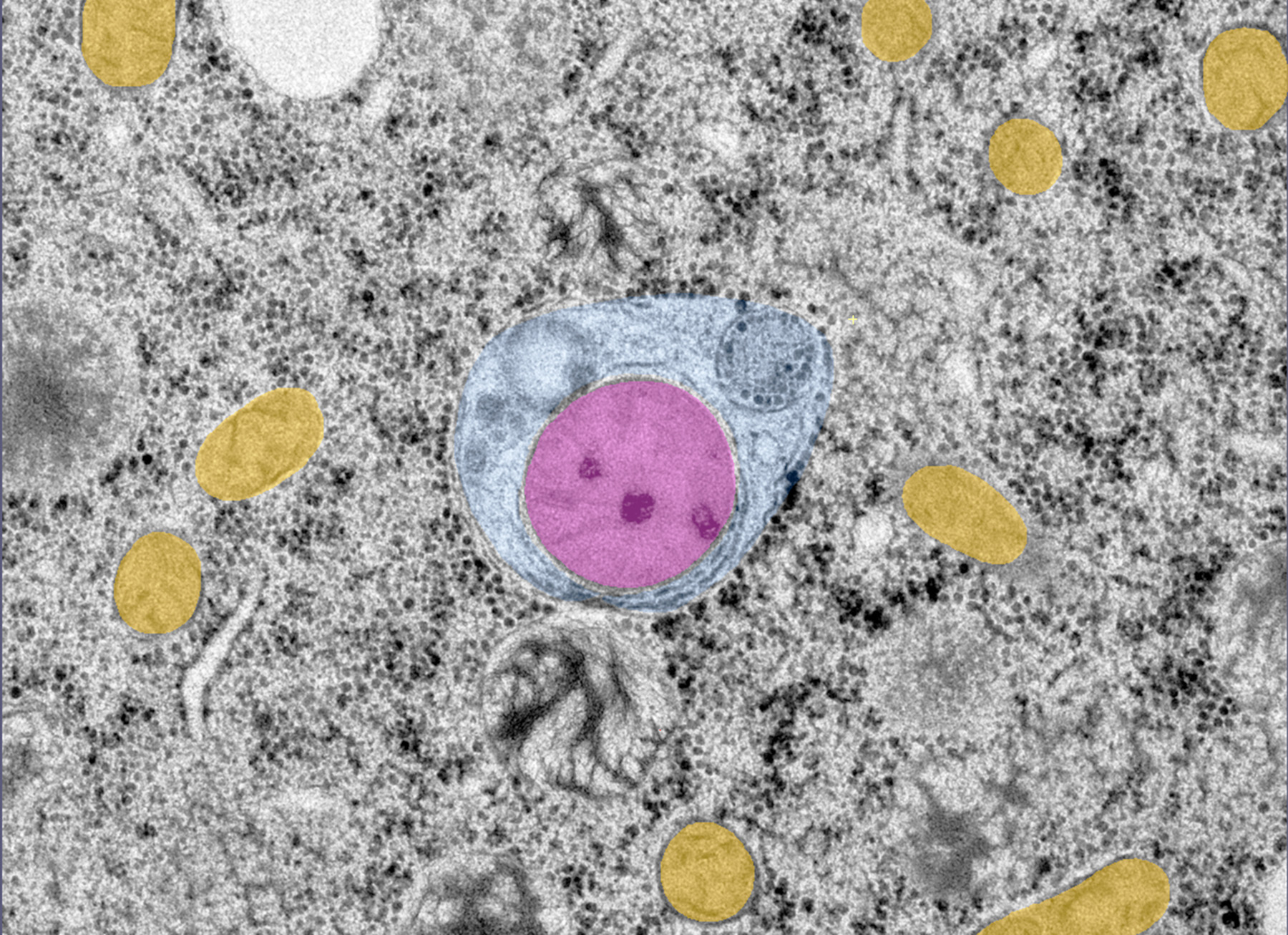LGG-1/GABARAP lipidation is not required for autophagy and development in Caenorhabditis elegans
Authors
Romane Leboutet, Céline Largeau, Leonie Müller, Magali Prigent, Grégoire Quinet, Manuel S. Rodriguez, Marie-Hélène Cuif, Thorsten Hoppe, Emmanuel Culetto, Christophe Lefebvre and Renaud Legouis
Link to the original articleYear of publication
2023
Journal
eLife
Affiliation
Université Paris-Saclay, CEA, CNRS, Institute for Integrative Biology of the Cell (I2BC), 91198, Gif-sur-Yvette, France. INSERM U1280, 91198, Gif-sur-Yvette, France
Abstract
The ubiquitin-like proteins Atg8/LC3/GABARAP are required for multiple steps of autophagy, such as initiation, cargo recognition and engulfment, vesicle closure and degradation. Most of LC3/GABARAP functions are considered dependent on their post-translational modifications and their association with the autophagosome membrane through a conjugation to a lipid, the phosphatidyl-ethanolamine. Contrarily to mammals, C. elegans possesses single homologs of LC3 and GABARAP families, named LGG-2 and LGG-1. Using site-directed mutagenesis, we inhibited the conjugation of LGG-1 to the autophagosome membrane and generated mutants that express only cytosolic forms, either the precursor or the cleaved protein. LGG-1 is an essential gene for autophagy and development in C. elegans, but we discovered that its functions could be fully achieved independently of its localization to the membrane. This study reveals an essential role for the cleaved form of LGG-1 in autophagy but also in an autophagy-independent embryonic function. Our data question the use of lipidated GABARAP/LC3 as the main marker of autophagic flux and highlight the high plasticity of autophagy.
Graphical abstract

Electron microscopy of a C. elegans embyo showing an autophagosome (blue) containing a paternal mitochondria (pink) and surrounded by maternal mitochondria (yellow)